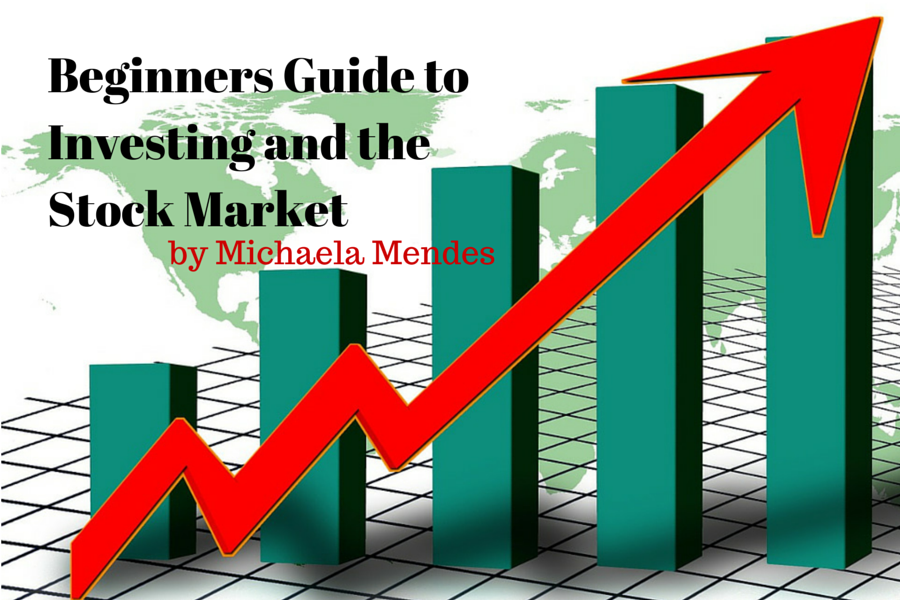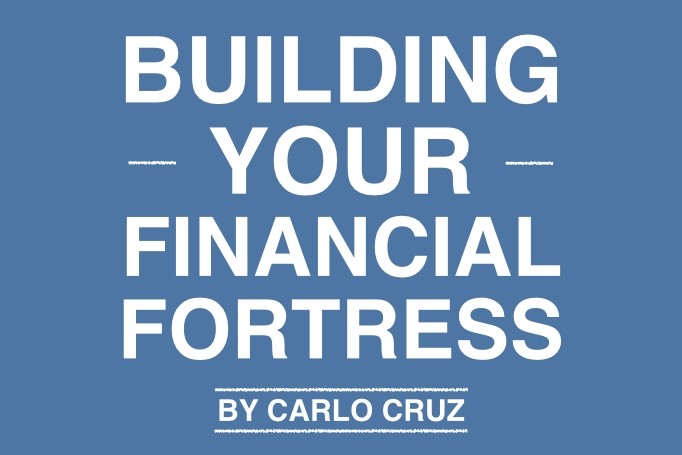A beginners guide to investing on the stock market
Post on: 20 Апрель, 2015 No Comment

Getting a piece of the stock market action can be tempting for novice investors. Tales of other people’s gains can make you wonder why you are squirreling cash away in a safe but not especially profitable savings account when you could be buying into funds that could help your money grow much faster.
But the first question to ask yourself before investing on the stock market is how you would feel if you initially lost money.
How would you react if your first statement showed that your investment was 20% down? asks Andrew Merricks, head of investment at Skerritts independent financial adviser. Your first investment could be made just before the market goes up or before it goes down.
Another golden rule is to leave your investment alone for the medium term — at least three and preferably five or more years. A stock market investment needs time to develop, and huge gains in short periods are unlikely. Time, not timing, is the friend of the investor, says Merricks.
What to buy?
To spread risk, a fund could be the best way to begin. Although it is easy to buy shares in a single company, it is just as easy to buy an investment made up of the shares of 150 companies — a fund such as a unit trust or an open-ended investment company (Oeic).
Using a fund avoids putting all your eggs in one basket, says Robin Stoakley, managing director for UK retail at Schroders investment managers.
You can also buy investment trusts and guaranteed equity bonds (GEBs). Investment trusts, like funds, are a collection of shares in companies but have a more complex structure than unit trusts or Oeics. GEBs are invested in a number of stocks, but run for a set period and usually promise to return the initial amount invested, plus a set amount of growth.
Whatever your first investment, don’t forget to use your individual savings accounts (Isa) allowance. Holding an investment within an Isa wrapper entitles you to a certain amount of tax relief, including from capital gains tax (CGT). If you invest your allowance of 7,000 it only has to double to become liable for CGT, points out Stoakley.
John Chatfeild-Roberts, fund manager at Jupiter, says: There are 2,000 funds available to UK investors and correctly identifying the ones that will perform well at a particular time can be difficult.
Spread betting
If you have a few thousand pounds to invest you could spread your money, says Fiona Sharp, senior financial adviser at M2Finance4Women. You can split your money up and put it into low, medium and high risk funds, she explains.
With fund supermarkets on the internet you can invest your 7,000 Isa allowance in seven different funds if you want to, although each will have an individual charge.
But choosing even three funds is a big task. There are income funds and growth funds, UK and overseas funds and those which combine all of these elements. It’s easy if you read about investing to jump on the latest bandwagon, says Sharp. At the moment that is funds invested in Brazil, Russia, India and China, but that’s a high risk area.
Equally dangerous is choosing a fund purely based on past performance. If you look at the tables, the real performers of the last few years are the FTSE-250 funds, says Tim Cockerill, head of investment at financial advisers Rowan Associates. Then it becomes more difficult because you need to understand what FTSE-250 companies are.
He recommends starting with a fund that invests in the UK. He also recommends a fund of funds for beginners. These spread risk even more by investing in a selection of other funds. Some of Cockerill’s favourites include Credit Suisse Multi Manager UK Growth and New Star’s Active and Balanced Portfolios.
Sharp also likes the Credit Suisse Multi Manager range and the T Bailey Cautious Managed fund.

Another option for a beginner is the tracker, which follows the movements of indices like the FTSE 100. The investor participates in the growth or losses of those companies.
However, a tracker fund is a passive investment because it simply follows the index. It isn’t run by a manager actively looking for the stocks he or she believes will make the best gains.
Ask an expert
If you have a large sum to invest, a financial adviser should be able to narrow the vast choice down for you and choose a selection of funds that fit together.
However, if you are just starting out and making your own decisions there is a wealth of information on the internet that shows how funds have performed and what they invest in. Individual fund management house websites also provide much detail to help with the decision.
One more point to consider is how you put the money into the investments. Most funds allow you to make regular investments, drip feeding your money into the market, although this is not usually an option with guaranteed equity bonds.
The principal advantages of regular investments is that you can do so even if you don’t have a lump sum, and putting money into the market over time means you don’t buy when the price per unit may be high.
Regular savings are also flexible in that you can stop and start them when you like and increase and decrease the amounts you save, says Cockerill.
The managers behind your chosen fund of funds will be able to let you know whether you can make regular contributions.














